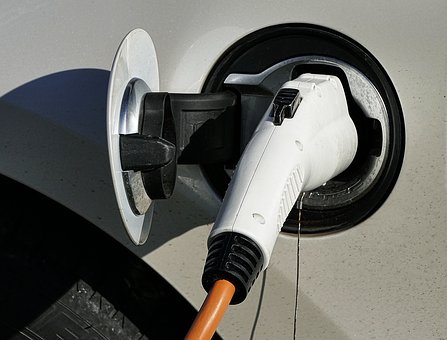
The state of things to come
Recent word on the street is that the electric vehicle tipping point, when the total cost of ownership of a typical electrical vehicle will drop below that of a typical ICE powered vehicle, may well happen in the next two years. It would be reasonable to expect, therefore, that this is when the roads will see an influx of electric vehicles. However, despite this, and the other significant pros of electric vehicle ownership, drivers remain sceptical. Range is still a concern, and it’s hard to forget the news articles on ‘thermal events’ involving battery powered cars. The answer to these concerns may well be solid-state batteries.
A battery is made up of three parts: an anode, a cathode and an electrolyte. The anode and cathodes are typically pieces of metal, with the anode having a surplus of electrons. These extra electrons are inclined to head towards the cathode so that the electrons become evenly distributed. The electrolyte separates the anode and cathode, inhibiting the movement of electrons from the anode to the cathode. When the anode and cathode are connected in a circuit, the electrons are provided with a path from the anode to the cathode which bypasses the electrolyte. As a result the electrons move through the completed circuit from the anode to the cathode. It is this movement of electrons that provides the energy required to ultimately make an electric vehicle move.
The current batteries of choice for electric vehicle manufacturers are lithium-ion batteries, which have a liquid electrolyte. In a solid-state battery, this liquid electrolyte is replaced with a solid. As such, the individual cells of a solid-state battery can be packed closer together, because the solid electrolyte occupies less volume than the liquid electrolyte of lithium-ion batteries. This means that more cells, and therefore more energy, can be provided by a solid-state battery compared to a lithium-ion battery for a given battery volume. Ultimately, this would give an electric vehicle more range. The absence of a liquid electrolyte should also make a solid-state battery cheaper to make, as well as removing the fire risk presented by a liquid electrolyte. In addition, solid-state batteries do not require liquid cooling as required by lithium-ion batteries, thereby reducing the overall weight and energy demand of an electric vehicle.
There are still challenges facing manufacturers of solid-state batteries, for example getting anions to flow freely through the electrolyte so as to return electrons from the cathode back to the anode through the solid electrolyte in a completed circuit. However, once these challenges are overcome, solid-state batteries could make electric vehicles cheaper and safer, and provide ranges exceeding those of their ICE grandparents. Solid-state batteries may well be the future of electrified personal transport.
If you would like any further information or assistance on IP matters, please do not hesitate to contact your usual Barker Brettell attorney.



